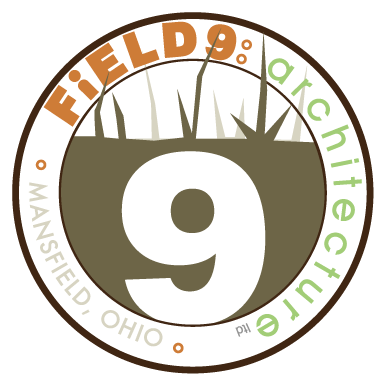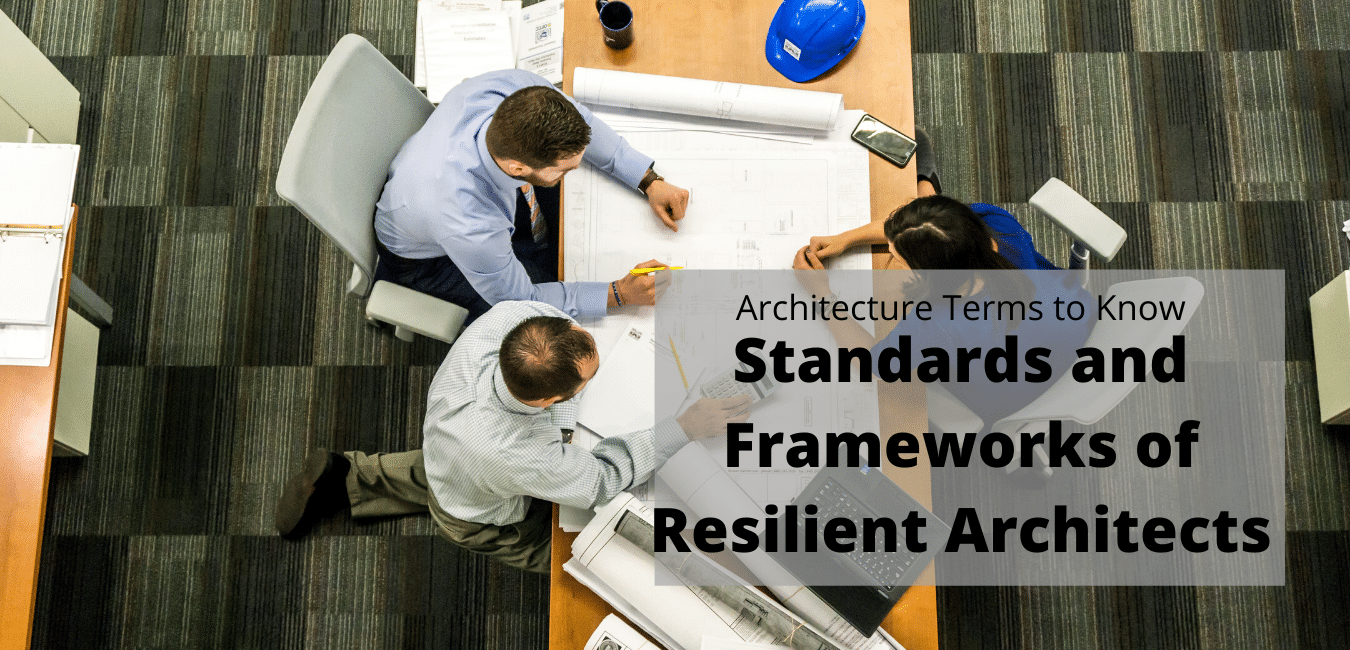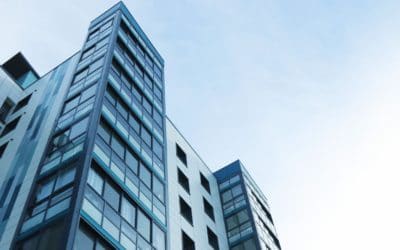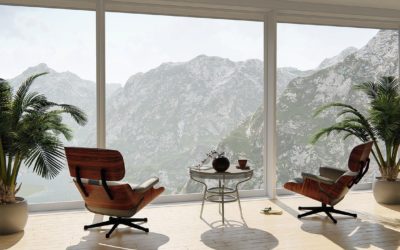In part one and part two of our series of definitions, we defined some terms and strategies to help familiarize you with sustainability in architecture. We now present four terms that focus on standards and frameworks. They are common terms found while researching green buildings and are good to be aware of while exploring the world of architecture.
Leadership in Energy and Environmental Design (LEED)
Leadership in Energy and Environmental Design (LEED) is the most widely used green building rating system in the world. LEED was created over 20 years ago as a framework for efficient, healthy, and cost-saving green buildings. The framework has essentially been used in building codes across the country since the mid-’90s. LEED can be used to inform the design of today’s office buildings, schools, hospitals, corporate headquarters, and warehouses since it’s available for virtually all building types. The problem is that the framework is slow to be updated to reflect today’s climate change issues and some LEED-certified buildings actually require massive amounts of energy & resources to function while giving little to none back to the environment or community. Essentially, while LEED is a good framework, it’s just not good enough for today’s world.
Passive House
Passive House, also known as Passivhaus, is a voluntary standard for buildings that focuses on the comfort of occupants, while also being energy efficient & reducing the carbon footprint. Passive House buildings achieve a high level of comfort through energy efficiency and resilient assemblies. Despite the name, it’s not just limited to residential housing and can be used in the design of commercial, healthcare, and educational buildings. Building with the passive house standards leads to a building that does not need to have an outside heating utility because the structure is able to generate and recycle its own heat. Mostly popular in northern Europe at the moment, the passive house standard leads to “ultra-low-energy” buildings which are much more eco-friendly than many other constructions. Passive house standards are more stringent than LEED standards. The Passive House Institute US (PHIUS) and Passivhaus Institut (PHI) are the keepers of the Passive House standard.
WELL Building Standards
WELL Building Standards, often just referred to as WELL building, is an architectural framework focused on the health of people. Using medical research, the WELL standards are meant to improve the nutrition, fitness, mood, sleep patterns, comfort, and general wellness of the occupants of a building. It is people-centered in its focus and takes a holistic approach not only to improve the lives of occupants but also to improve the local environment. While LEED is focused on the sustainability of sourcing materials and buildings, WELL focuses on the human aspect of architecture.
The Living Building Challenge
The Living Building Challenge is a comprehensive, holistic approach to high-performance buildings and architectural design. It is an urban planning, design, and construction framework that builds symbiotic relationships between people and all aspects of the built environment by taking health, wellness, community, energy, equity, and more into consideration. The Living Building Challenge framework is overseen by the International Living Future Institute, which updates the standards regularly to stay focused on a renewable, restorative future.
Architecture is a vast and diverse industry that takes many years to comprehend fully, and many more to master. While jargon can be intimidating, having an expert on your side can help you navigate the waters. Contact us for a free consultation on resilient architecture and let us help you find exactly what you’re looking for.






Recent Comments